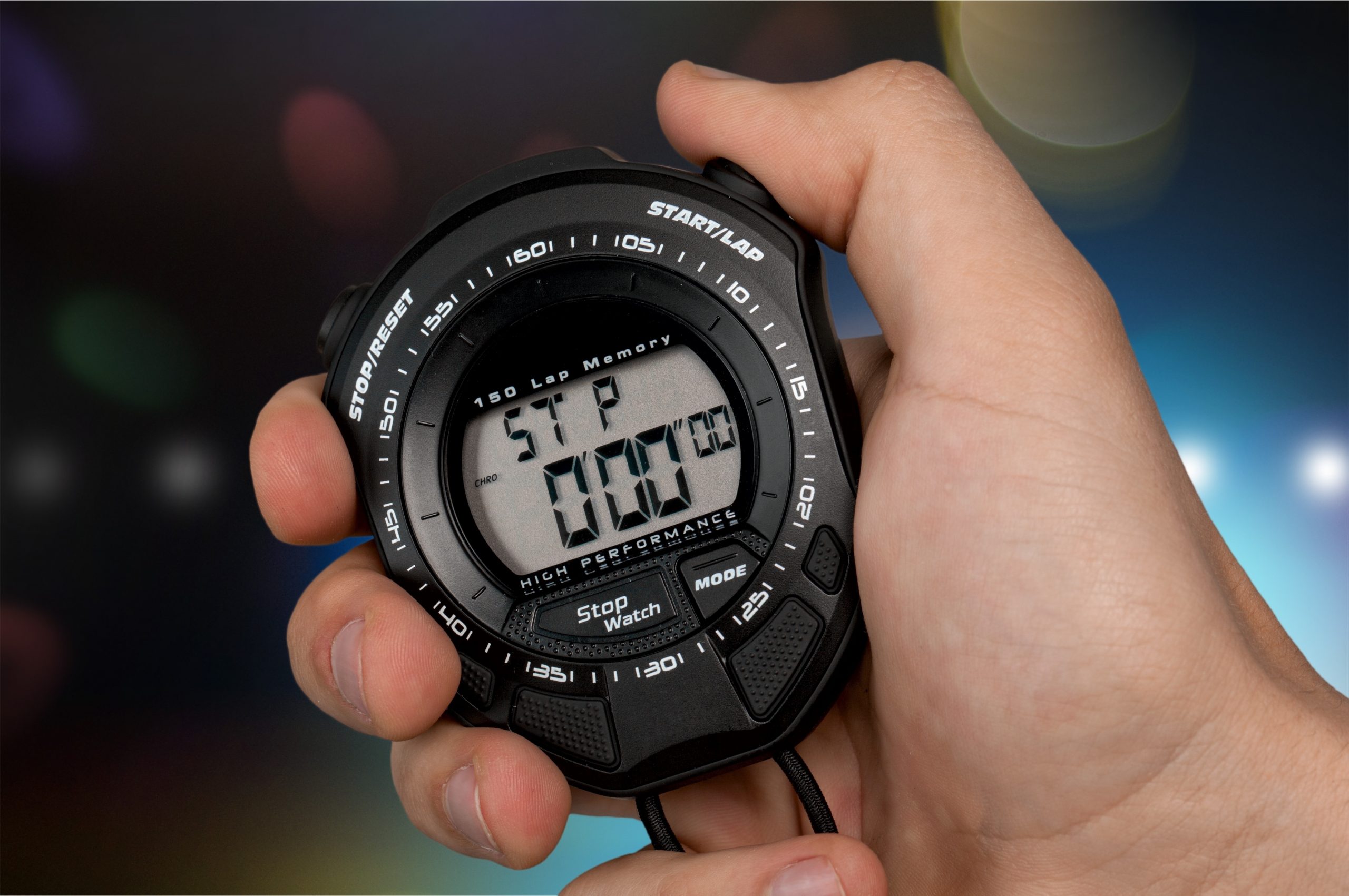You need a budget. It’s that simple.
What isn’t simple, is making one and sticking to it. Simply put, a budget is a system that lets you track the money you bring in, the money you spend, and the money you save. There are dozens of websites and apps designed to help you wrangle your spending, but they generally fall into one of three categories.

Tracking Method
This is the method that is most recommended for first time budgeters because it’s incredibly eye-opening. The tracking method involves writing down everything you spend money on in a week or month and then putting those expenses into category groupings. The classic implementation of the tracking method involves pouring over receipts and credit card bills in front of an excel sheet. Today, budgeters can use websites like everydollar.com and budgetpulse.com.
Pros
- Clear Picture: If you end each month feeling like money has gone missing, this is the model to use. By tracking every single expenditure, you’ll be able to see which expenses add up quickly and which is nothing to worry about. This will also give you a clear vision of categories that you may need to rein in.
- Flexible: You create the categories. You pick the caps. You change the values. This method is all about options. You can tweak it before, during, and after. You can group infrequent categories together (like gifts and entertainment) or split the larger ones (coffee, restaurants, groceries). Ultimately, you decide how specific you want it to be.
Cons
- Time Intensive: While this quality is what makes the system so great for first-time budgeters, the method can feel unsustainable. People don’t generally like to take time out of their evenings and weekends to transfer financial data into a secondary record. While websites, like Mint.com, that link to bank accounts can help to limit that, this method still requires frequent recalibration and can be frustrating in its precision.
- Retroactive: If staring at numbers won’t incite guilt, then there is very little that this budget will do for you to curb spending. Most practitioners upload expenses at the end of the day or week, meaning intended budget caps are not front and center in the moment of spending.

Envelope Method
This is probably the oldest system. In the beginning, it involved placing set amounts of cash into labeled envelopes, but today it usually takes the form of multiple checking and savings accounts. Budgeters may have a savings account that gets 10% of every paycheck for long-term, a savings account that gets 5% for travel goals, a checking account for all fixed expenses (rent, utilities, loan payments), and a checking account for variable expenses (groceries, entertainment, and clothing). Anything in the envelope is fair game for the intended category but it should never be moved to cover another.
Pros
- Proactive: If you have a big issue with impulse shopping- this is the method for you. Nothing puts the power of budgets into a person’s heart like not having enough money at the register. Switching to the vintage cash version of the method keeps you from spending any more money than what you planned and forces you to stay on the straight and narrow.
- One-Stop: This form of budgeting only requires you to sit down twice a month. Once to put all the money in the right account/envelope and once to look at what’s left. It’s the simplest way to cut spending in targeted categories.
Cons
- Inflexible: If executed properly, this method is designed to be inflexible. It holds you to your goals but may not allow you to emergency adjustments. If you walk into Macy’s with $5 left in your envelope and they are having a great sale on the boots you planned to buy next month- you have to move on. (Though, to be clear, this is basically the definition of impulse shopping- which this method is effectively designed to curb)
- Resource Intensive: Envelopes may not be expensive, but fees on checking and savings accounts can be. The more accounts you juggle, the more proactive you must be to avoid fees. Some checking and savings accounts charge a monthly fee unless certain criteria are met, meaning that moving money between your accounts could still incur costs. Multiply that expense by a few accounts and it could quickly turn into a sizable problem. Banks differ significantly on this, so it’s always helpful to reach out to a representative if you have questions.

Countdown Method
This is the easiest form of budgeting, but it’s also the one that is recommended the least. At the beginning of each month you give yourself a set amount to spend (after savings) and you can spend that money on anything you want. No categories. The only rule is not to go over the set amount. This method works best for people with varied incomes or expansive budget experience.
Pros
- Limited Forecasting: One of the most frustrating things about tracking and envelope budgeting is that they are never exact. Taxes and odd numbers will ensure that you never land perfectly on your intended $100. No matter how hard you try- budgeting by category will probably be a few dollars off each month. If that makes your OCD flare up, this could be a better alternative.
- Simple: I would be lying if I said there is no work involved in this method, but it is, by far, the simplest. You don’t have to chart out categories or move money between accounts- you just record what you spend.
Cons
- Lack of Targeting: If you have spending goals, this plan may not be the best fit. Its generality is comforting, but it won’t keep you from spending money frivolously.
- Paycheck to Paycheck: The money you give yourself to spend will have savings taken out, so you aren’t literally living paycheck to paycheck. That being said- it can feel that way. If you spend quickly at beginning of the month, you could feel restrained towards the end.
Budgeting Methods- A Personal Experience
The methods above can be tweaked and combined in countless ways to develop a personally customized budget style. Personally- I use a hybrid of the tracking and countdown methods.
In college, I used the countdown method. I worked three part-time jobs and never really knew how much money I would be bringing in. Beyond that, I was socially awkward with a long-distance boyfriend. I never went out on the weekends and seldom ate out. I didn’t worry about budgeting line items because I often went weeks without spending a single penny.
Once I moved to New York and was close to my boyfriend, I started to spend a lot more. Suddenly, there were thousands of restaurants to try and dozens of museums to explore. They were all good things, but it was the first time that I realized I could spend more money than I brought in. I needed to learn to prioritize and so I implemented the tracking method. I kept track of every penny I spent and diligently recorded it the Spending Tracker app, the Everydollar website, and in my own personal money diary. What can I say? When I do something, I do it 300%.
Now that I’ve been in NYC for a full year, I’ve settled into more reliable money patterns. I still use the tracking method- but my categories are very broad and I don’t agonize over how much I spend on clothes vs. gifts vs. cleaning products. If I hit my savings targets and don’t go overboard on food (that’s my vice) I generally don’t worry.
The only bad budget is a nonexistent one. How do you budget?
About the Author
Anna Zimmerman is a Communications Specialist at Gramercy Property Trust in New York City. While growing up and attending college in Kansas, she developed a passion for financial literacy within the young adult and female populations. She has served as a board member and guest speaker for a number of nonprofit and professional organizations around the country. She has diligently researched her own financial questions and loves sharing that information with family and friends.

